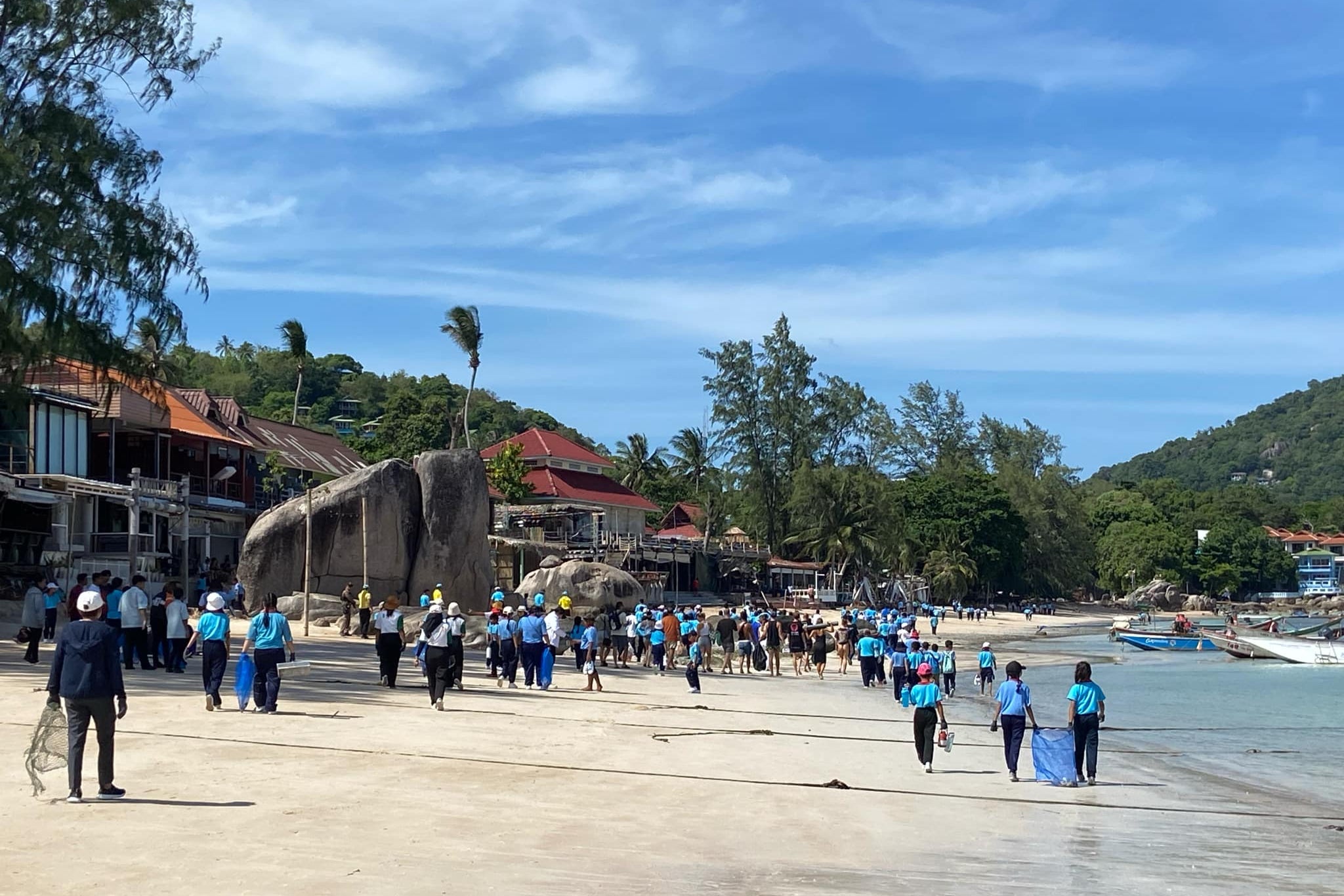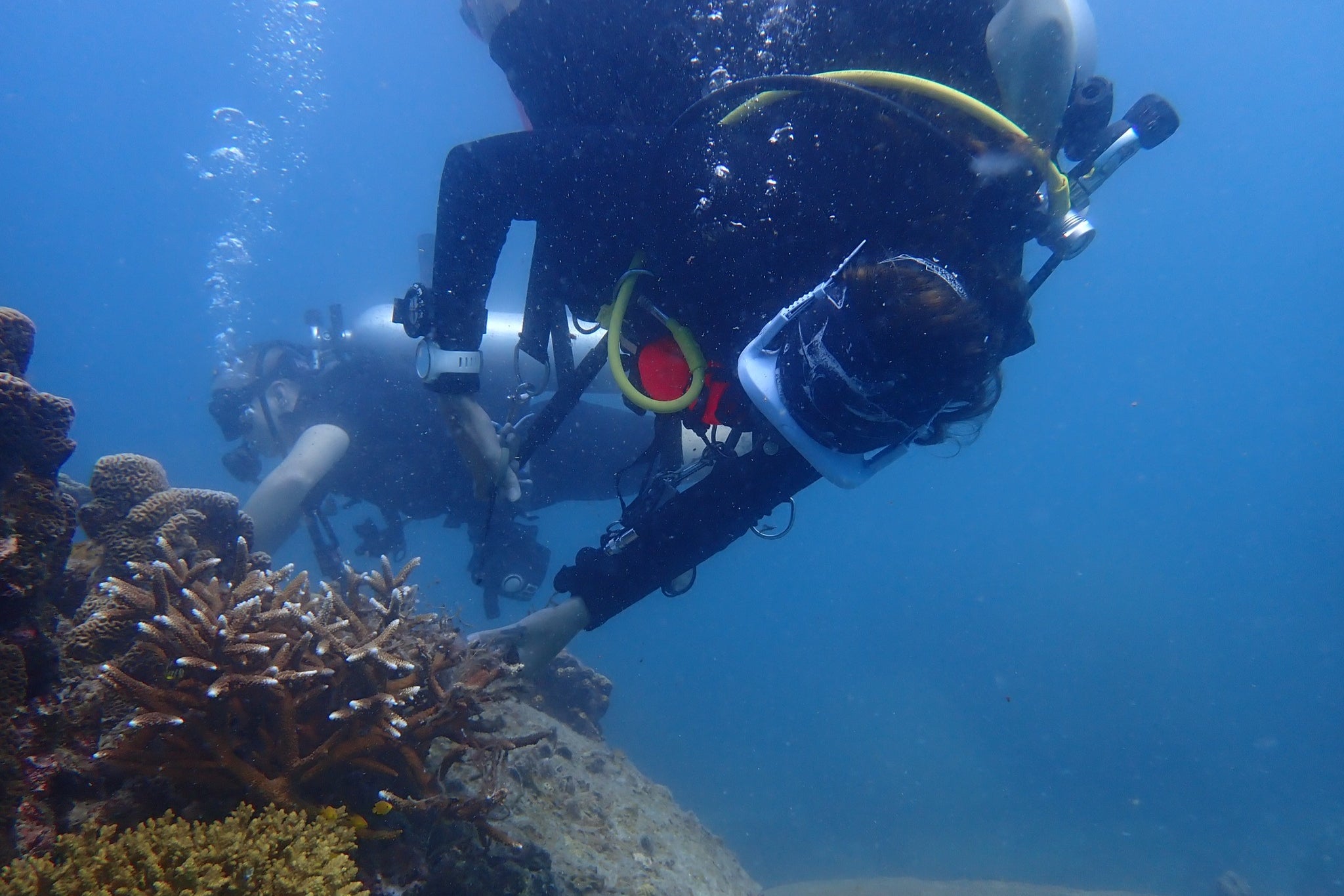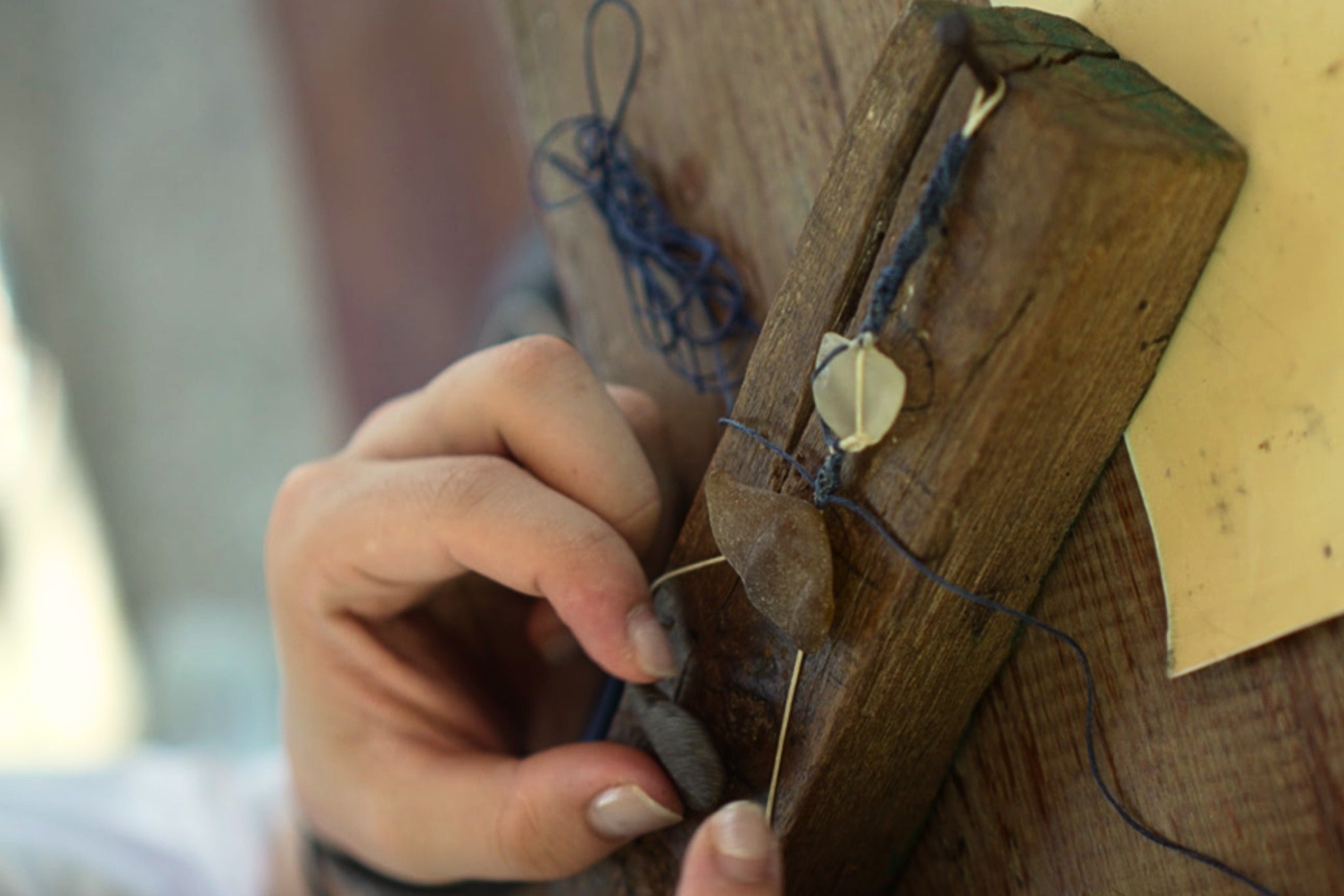Inside the tiny Thai island working hard to protect the sea life that put it on the map
Koh Tao might be best known for it mesmerising scuba diving spots, but what’s just as impressive is the steps it takes in marine conservation – Lucie Grace finds out how committed it is to being clean and green


The residents, divers and marine biologists of Koh Tao are working tirelessly to keep the tiny island, its waters and shores, clean and green for future generations.
Visitor numbers are up by 40 per cent in Koh Tao this year, compared to 2023. I should’ve guessed that by clocking the pyramid of backpacks that practically barricades us in on the short ferry ride over to the tiny Thai island. Tao is the baby of the beloved trinity archipelago in the Gulf of Thailand; neighbouring Koh Phangan and Koh Samui, and measuring just 8 square miles – it’s one of the country’s smallest islands that’s continually inhabited year-round.
Koh Tao has always been described to me as a hub for divers, with incredible reefs and idyllic beaches. That’s what all my scuba-loving friends here in Thailand claim, and there’s no denying it is still that. It’s just really, really busy. While it might be one of the dinkiest, the tropical paradise island Koh Tao is home to Asia’s largest pub crawl, which sees up to 250 travellers a night, four nights a week, gather for a booze sesh that equates to a human roadblock along the shores and thin backstreets of Sairee Beach.
Luckily there’s huge marine conservation efforts going on and eco-tourism targets quietly rolling out, under the radar and, in many cases, under the sea. While the rowdy revellers sleep off their hangovers, committed divers and dive shop workers clean the beaches daily, with a determined commitment to save the reefs and famously diverse sea life that made the island popular in the first place.

Read more: Why you should visit Thailand during the off-season
“When I first moved here in 1994, 750 people lived on the island, now we have half a million visitors a year” muses Devrim Zahir, co-founder of New Heaven Dive School, which opened in 1995 and is one of the longest serving schools in Koh Tao, known for leading the way with their approach to marine conservation ingrained in everything they do. “It’s just common sense, it’s obvious to give something back.”
I ask him if the spike in tourists coming to the island contributed to the region’s nasty coral bleaching this summer but he’s not convinced. “These numbers are putting pressure on the natural resources, but coral reefs are facing problems worldwide. The main issue really is ocean acidification, caused by sea temperatures rising.”

Read more: Thailand travel guide
Alongside the extensive marine research and data collection projects run by the New Heaven Reef Conservation team (which includes their marine biologist and dive staff, plus interns from universities around the world, and visitors to their short and long study marine conservation programmes) they also work on boosting the local coral through mineral accretion, using artificial frame structures to give extra nutrition and energy to the coral using electrolysis.
“New Heaven is one of eight dive schools on Koh Tao, out of the 65 currently open, who are dedicated to conservation,” Aim-on Piriyapanish tells me. She’s a long-time Koh Tao resident who works for WWF Thailand, assisting the Koh Tao Tourism Association with annual eco-events like Spotlight Koh Tao, where I first meet her. Aim is extremely excited as two new projects have been approved by the Department of Marine and Coastal Resources.
“We’ve got a community science, observational project to support the blacktip p sharks of Koh Tao, but more exciting is the international project of satellite tagging whale sharks, who local marine biologists have been monitoring using photography for a long time,” she says.
We catch up after World Ocean Day, which she co-delivered and saw 300 people attend a clean-up that collected 1.5 tonnes of debris from the sea in just one day.

Debris that is going to good use at Plas-tao, a boutique store that sells swirly, colourful coasters, plant pots, jewellery and shark shaped bottle openers - all made from recycled plastic. Owner Witchuda Damnoenyut, known to her friends as May Kasahara, sources the plastic from the beach clean-ups and the collection points outside of her shop, or by buying plastics from locals. She also founded May and Co. over the road, an entirely eco-friendly store where you can use the refill station to buy organic toiletries or pick up some rustic, wooden homewares, and most importantly – grab yourself a tube of reef-safe sunscreen.
Read more: How Thailand’s elephant camps are transitioning to a cruelty-free future
“Pin” Tananya Preawpanich and her partner Tui are also using the sea debris collected at their creative workshops at Baan Talay, a wonderfully peaceful eco-resort away from the crowds, where yoga, homemade food, ice baths and art sessions are on the menu, as are sweeping views of my favourite beach on the island, Ao Leuk. Anyone can book to attend their sessions, whether you’re staying there or just popping in. Tui is extremely patient while he teaches me how to macramé knot a bracelet using sky blue wax string and weathered sea glass. He’s also an artist and silversmith – I wish I’d had him teach me how to make a ring and vow to next season.

“Koh Tao is the first place in Thailand to ban plastic bags,” Pin tells me. She’s just got back from a beach clean-up herself. “Looking after our island home is a Koh Tao thing, we do it all year.” But like me, she wishes the short-stay tourists would take care of the environment too.
I ask her for some tips for the bar crawl tourists and she laughs, but then says quite seriously: “I know people know this but please don’t litter on the beach, especially cigarette buts. Take your cups and bottles back to the bar or the street, away from the ocean. Don’t forget to use reef-safe sunscreen, regular sunscreen kills coral. And don’t step on the coral reefs when you’re out snorkelling, I know you might feel tired but the coral takes many many years to grow back. Think about yourself a bit less and think about the environment a bit more.”
Four simple tips that seem easy enough to remember to me, I hope next season’s visitors to Koh Tao do, too.
Find out more about ethical and sustainable travel options, and other ways to support local communities and protect the environment during your stay at Responsible Thailand
Join our commenting forum
Join thought-provoking conversations, follow other Independent readers and see their replies
Comments
Bookmark popover
Removed from bookmarks